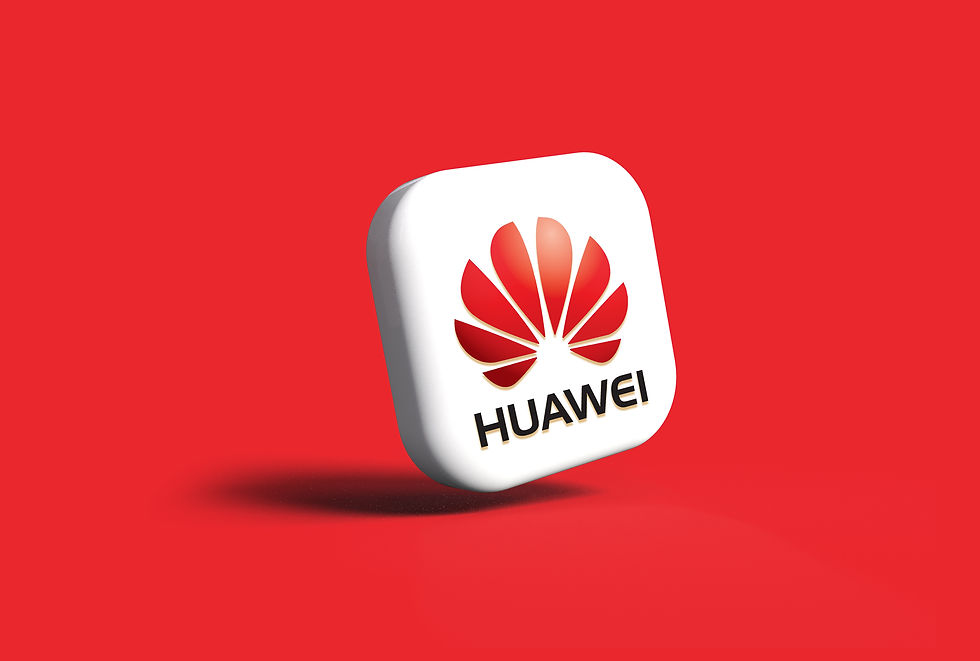Huawei Ends Five-Year Chip Silence with New Kirin 9020 Reveal—A Game-Changer Amid U.S. Sanctions
- TechBrief Weekly

- Aug 20
- 2 min read

For half a decade, Huawei’s chip strategy remained shrouded in secrecy. But that changed dramatically with the recent unveiling of the Kirin 9020, developed for the new Huawei Pura 80 smartphone. This breakthrough marks the end of Huawei’s long-standing silence and signals a bold technological push during an era of rising U.S. trade restrictions.
A Strategic Comeback for Huawei’s Semiconductor Ambitions
Huawei’s Kirin chipsets have always represented the company’s ability to internally innovate—circumventing supply chain challenges and geopolitical pressure. The Kirin 9020 marks a triumphant return, ending years of cautious external communication and fueling expectations for Huawei’s renewed ascent in high-end silicon.
Innovation Under Sanctions: Huawei’s Resilience
Operating under strict U.S. sanctions that have barred access to advanced chip-making technology, Huawei had been forced to rely on less cutting-edge manufacturing partners. Despite these constraints, the Kirin 9020 demonstrates impressive engineering prowess—evidence of Huawei’s inward-facing, resourceful chip development approach.
Domestic Focus: From Architectural Design to In-Country Fabrication
Huawei has increasingly shifted to domestic semiconductor solutions, partnering with China’s leading foundries to ensure chip production continuity. The Kirin 9020 is the latest example of this broader strategy to deepen technological self-reliance and reduce dependency on international suppliers.
Rising Tide: Huawei and China’s AI and Chip Ecosystem
Huawei’s revelation coincides with China’s accelerating efforts to build an independent semiconductor ecosystem. The Kirin 9020 joins a growing roster of homegrown processors—including the Ascend AI line—seeking to challenge U.S.-based dominance in AI computing. This signals a shift toward localized innovation that is less vulnerable to export controls.
What This Means for the Global Chip Landscape
Implication | What It Means |
Huawei’s comeback | The Kirin 9020 ends a five-year chip tech blackout, positioning Huawei back in the spotlight. |
Proof of engineering strength | Despite U.S. export limitations, Huawei continues to push chip design forward domestically. |
China’s evolving strategy | Greater emphasis on self-reliance, reducing exposure to supply chain vulnerabilities. |
Wider impact on semiconductor geopolitics | Huawei's resurgence underscores the limitations of sanctions and sets the stage for a competitive, multi-polar chip market. |
The Road Ahead: What’s Next for Huawei?
The Kirin 9020 is just the beginning. With Huawei looking to ramp up innovation amid geopolitical tension, we can expect more bold chip releases ahead—possibly including next-gen AI processors to rival global competitors. As Huawei digs deeper into domestic R&D and production, its trajectory could reshape global chip competition for years to come.
_edited.png)


